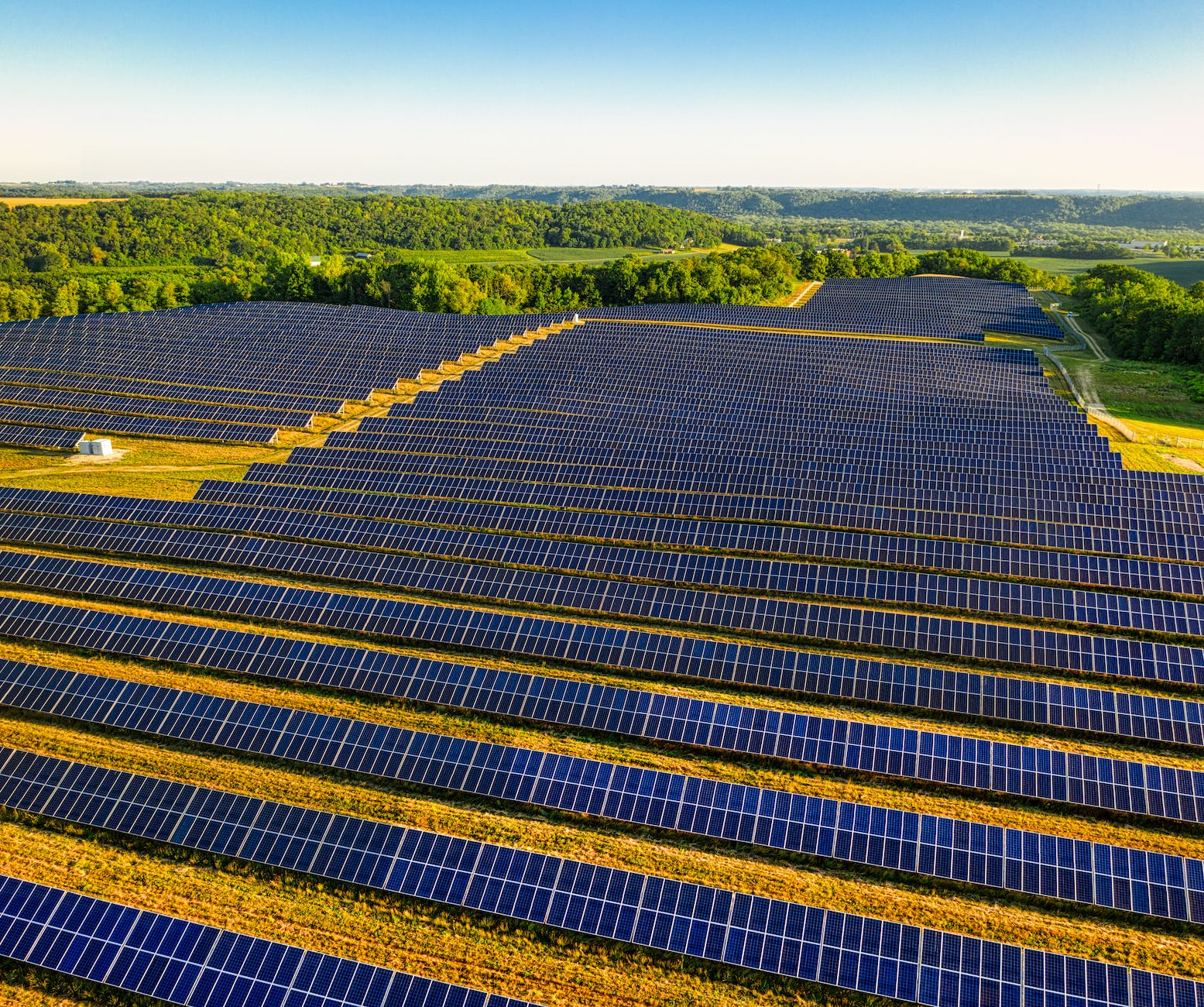A New Dawn for Green Investments
The global shift towards renewable energy sources has opened up innovative pathways for commodity traders and investors, particularly in the realms of Renewable Energy Certificates (RECs) and carbon emissions credits. Solar farms, pivotal in this green revolution, are not just producing clean energy but also generating valuable certificates and credits. This blog post explores the burgeoning market of RECs and carbon emissions credits from solar farms, offering insights into how they work, their benefits, and the opportunities they present.
Understanding RECs and Carbon Emissions Credits
- Renewable Energy Certificates (RECs): A REC represents proof that one megawatt-hour (MWh) of electricity was generated from a renewable energy source and fed into the grid. These certificates can be sold or traded and are used by businesses and utilities to prove they have supported renewable energy production, even if the physical electricity they use comes from a different source.
- Carbon Emissions Credits: These credits are essentially permits that allow the holder to emit a certain amount of carbon dioxide or other greenhouse gases. They are part of cap-and-trade systems, which aim to reduce emissions by setting a cap on the total amount allowed and then permitting companies to buy, sell, or trade credits. Solar farms can generate these credits by offsetting traditional carbon-emitting energy sources.
The Role of Solar Farms
Solar farms play a crucial role in this ecosystem by providing a clean and renewable source of energy. By generating electricity from solar power, these farms contribute to reducing reliance on fossil fuels, thereby cutting down carbon emissions. The energy produced is quantified into RECs, while the reduction in carbon emissions translates into carbon credits. Both these instruments can be traded in their respective markets, offering a dual revenue stream for solar farm operators and investors.
Benefits of Investing in Solar RECs and Carbon Credits
- Environmental Impact: Investing in or trading RECs and carbon credits from solar farms directly contributes to reducing carbon footprints and promoting renewable energy sources.
- Regulatory Compliance: For companies subject to environmental regulations or committed to sustainability goals, purchasing RECs and carbon credits can help meet regulatory requirements and corporate sustainability objectives.
- Market Opportunities: The growing demand for clean energy and the increasing imposition of carbon taxes and regulations worldwide are expanding the market for RECs and carbon emissions credits, presenting lucrative opportunities for traders and investors.
Navigating the Market
For commodity traders interested in RECs and carbon credits from solar farms, understanding market dynamics is crucial. Factors such as regulatory changes, technological advancements in solar energy, and fluctuations in the demand for renewable energy can impact prices and availability. Additionally, geographic considerations play a role since the value and recognition of RECs and carbon credits can vary significantly across different jurisdictions.
Challenges and Considerations
Despite the opportunities, several challenges persist, including market volatility, regulatory uncertainty, and the complexity of tracking and verifying the origin of RECs and carbon credits. Traders and investors must stay informed about market trends, regulatory developments, and best practices in sustainability and carbon accounting.
Conclusion: A Bright Future for Green Commodities
The market for RECs and carbon emissions credits from solar farms is at the forefront of the transition towards a more sustainable and low-carbon global economy. For commodity traders, these instruments offer a promising avenue to contribute to environmental goals while tapping into new investment and revenue streams. As the world continues to embrace renewable energy, the importance and value of solar-derived RECs and carbon credits are set to rise, illuminating a path towards a sustainable and profitable future in green commodities.


Leave a Reply